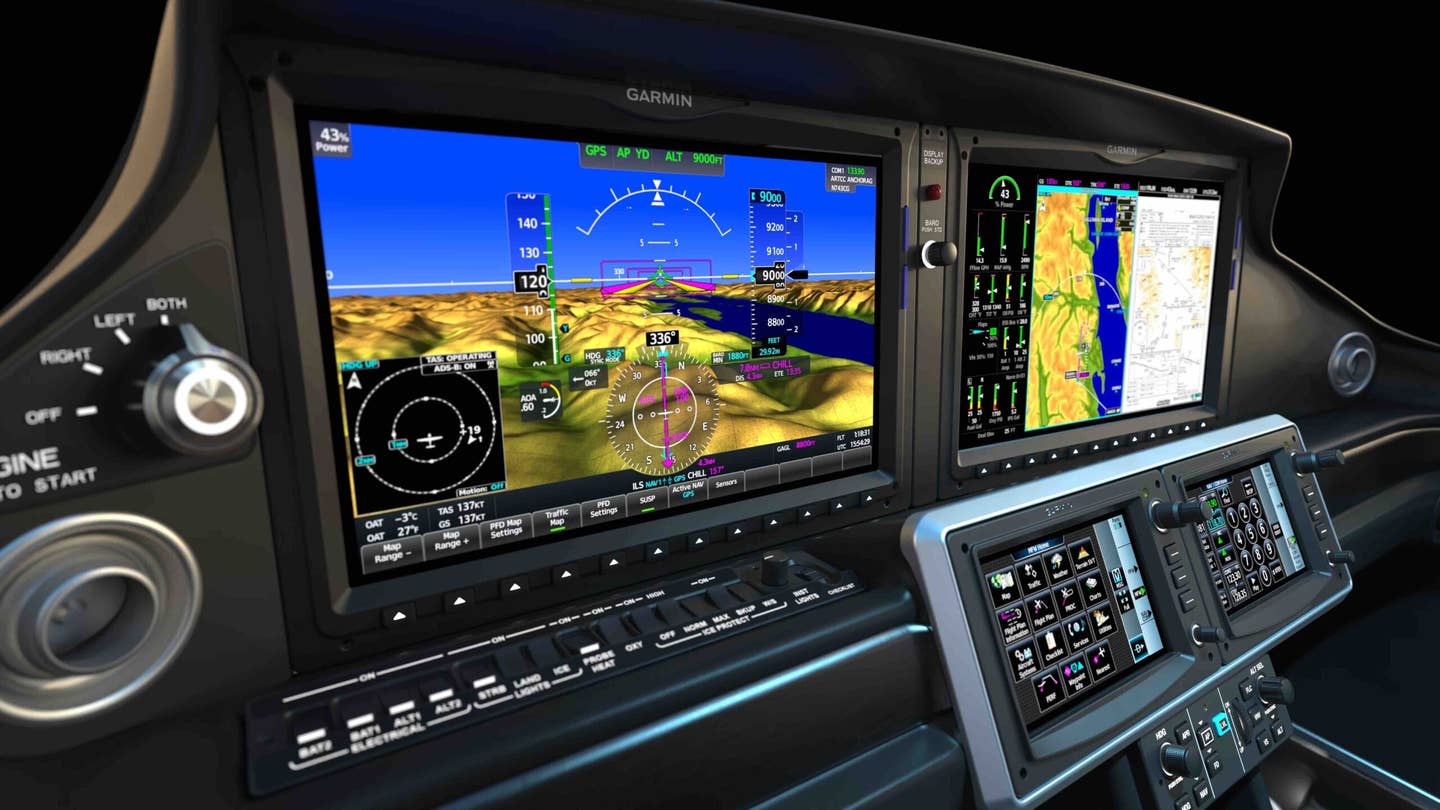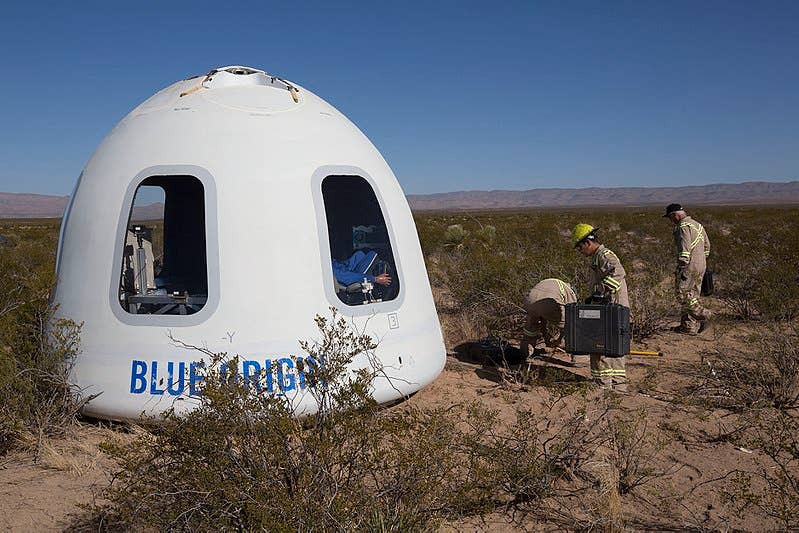Cirrus Unveils Gen7 SR Series And A Fresh Marketing Approach
In a video stream from Orlando, Florida, tonight (Jan. 11), Cirrus unveiled the latest iteration of its SR Series, the G7 (Generation 7). Changes include a redesigned panel to more…

The reconfigured panel of Cirrus’s G7 SR line borrows the “keep it simple” mojo from the Vision Jet.
In a video stream from Orlando, Florida, tonight (Jan. 11), Cirrus unveiled the latest iteration of its SR Series, the G7 (Generation 7). Changes include a redesigned panel to more closely align with the configuration of the Cirrus Vision Jet and other jet-like features such as a stick shaker and automatic fuel tank selection. And yes, they improved the placement and robustness of the cup holders. The changes will be included on the full piston line of new-build SR20s, SR22s and turbocharged SR22Ts.
When SR Series Executive Director Ivy McGiver discussed the company’s post-COVID market successes on video with AVweb’s Paul Bertorelli last September, she referred to a “second bump” in post-pandemic aircraft sales. The first bump came from pilots or those already interested in becoming pilots when they found themselves with “more time and the same amount of money,” while working from home and not being able to travel for business. She defined the second bump as when the first-bumpers’ non-aviation friends took a look at how attractive personal flying can be and acted on their attraction. From the tone of the video, Cirrus has embraced this market with its G7 redesign and the marketing that goes with it.
“Everything in reach” was a catchphrase, and the double meaning was that it meant not only exotic fly-to destinations, but also the cabin improvements, for both front and rear seats. The panel now puts the two Garmin touch controllers closer together in the center section, leaving room for a car-like “cubby” below the autopilot for cellphones and snacks. The multifunction and primary flight displays (MFD/PFD) are 35% larger than existing Cirrus models’ and the top of the glareshield sits lower, exposing more of the windshield to the occupants' view. Virtually everything is touchscreen “just like your phone and your tablet.”
The start switch is keyless and pushbutton, just like a car. In fact, Cirrus made the point several times that the goal of redesigning the interior of the G7 was two-fold—make it more like a car, and with an eye toward upselling down the road, also make it more like the Vision Jet.
The appeal to new-to-aviation customers was palpable. “We keep it simple.” The oft-repeated message was “flying doesn’t have to be complicated” and “you don’t have to be a professional pilot to be a safe pilot,” and even “[the G7] is a good first plane.” The Cirrus pilot training program and customer support elements of the manufacturer were also spotlighted repeatedly in the presentation and the videos.
While some might have been expecting something more revolutionary—like a jet-A burning engine, retractable gear or Fadec controls, Cirrus delivered an emotional pitch to the attraction of flight.
On video, McGiver recalled how getting her first bike was a freeing experience—and learning to fly took that feeling to another level. That’s the direction Cirrus is moving with the G7.






